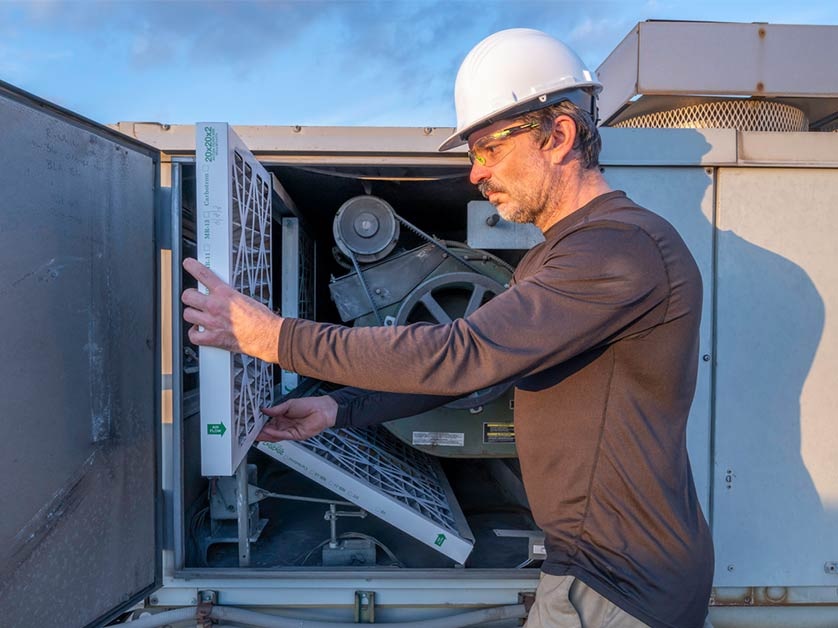
There are many different criteria applied while selecting any high-temperature grease meant for hot, grease-lubricated equipment.
The right selection of grease will be based on the following few factors:
- Oil type
- Oil viscosity index
- Composition stability
- Type of thickener
- Additive composition and properties
- Operative temperature
- Ambient temperature
- Atmospheric contamination
- Relubrication intervals
- Loading
- Speed.
Since there are certain details involved, selecting a grease under extreme temperature conditions is often quite challenging to decide. As there are various options available and an engineer has to be very selective while choosing the right grease.
You can buy LGHP 2 SKF high temperature grease (skf lghp 2, term in Thai), which is also a high-performance grease from Teo Nooseng Co., Ltd. a Thailand-based distributor of various engineering-related products.
Selection strategies for high-temperature grease
The starting point that you must consider while selecting your high-temperature grease will be to consider the basic nature of the grease so that you may know what will exactly cause the product degradation due to high temperatures.
Greases can be divided into different temperature range –
- For temperature range between 50°C to 100°C choose general-purpose grease.
- For temperature range between 100°C to 200°C choose middle to high-temperature grease.
- For temperature range between 200°C to 300°C choose high-temperature grease.
- For temperature range above 300°C choose extreme high-temperature grease.
There exists a certain correlation between the useful temperature of grease and the expected price of grease per pound. As an example, a fluorinated hydrocarbon-based grease (which is a type of synthetic oil) will work effectively for as high as 300ºC that may have application in space but that too will cost just $100 per pound.
The long-term behaviour of grease is influenced by its various causes of degradation, and 3 of which are quite important:
- Mechanical stability against shear and stress
- Oxidative stability
- Thermal stability.
Usually, thermal and oxidative stresses are interrelated. Generally, high-temperature applications will degrade the grease due to thermal stress and in conjunction with its oxidative failure occurring in case, the product remains in contact with air.
Actually, this is similar to what you can expect with most of the industrial oil-lubricated applications.
A few guidelines for selecting your high-temperature grease
- Find out your real temperature range. Often your operating temperature can be less than what you think. You must use a certain contact/noncontact sensor for measuring the operating temperature of your grease.
- Whether your grease need is intermittent or continuous? In case, it is continuous, you must look for any top-tier product that will meet the operational needs so that it may hold up much better in continuous use.
- Whether the cycles of heating and cooling accompany machinery operating or nonoperating intervals? If it is so, then you must consider whether moisture development will affect the grease that you use.
- Decide what will be your reasonable relubrication interval? If your relubrication is very difficult, then go for a top-tier product for achieving a lower use cost despite being more expensive.
- Also, consider any cosmetic issues. Whether the product can drip onto a certain component? Your relubrication volume and frequency must be balanced against any product contamination issues.



